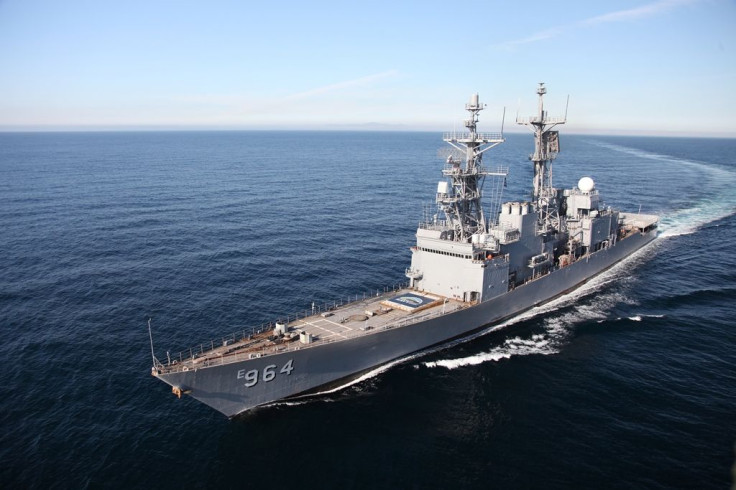US Navy Now Has Robotic Fire-Fighter SAFFiR To Assess Fire-Stricken Warships

The U.S. Navy unveiled the Shipboard Autonomous Firefighting Robot. This happens to be the latest solution for assessing damage in warships.
The SAFFiR will go to fire-stricken warships and throw fire retarding grenades. It will then assess damage with a camera that can see through smoke. This the most recent solution introduced by the U.S. Navy for battling the threat of fire at sea. The humanoid-type robot seems to be the best way of negotiating the narrow passageways, ladders and hatches of a modern ship that are designed for human mobility.
Virginia Tech researchers developed the SAFFiR while the ONR sponsored it. The SAFFiR was tested aboard the decommissioned warship USS Shadwell in 2014. The innovation was unveiled at the Naval Future Force Science & Technology EXPO in February.
The SAFFiR is 5 feet 10 inches tall and weighs 143 pounds. It has a super-human range of motion to manoeuvre in complex spaces. Its upper body is designed to throw propelled extinguishing agent (PEAT) grenades. It has a gas sensor, a camera and another stereo infrared camera. Unlike human fire-fighters, it will be able to dodge black smoke with the help of the infrared camera.
ONR program manager for human-robot interaction and cognitive neuroscience, Thomas McKenna, said that every compartment and passageway on a ship was designed for human occupation and mobility. "A humanoid robot can use fire fighting gear designed for humans, such as protective coats, backpack fire suppressants, hand-held sensors and hose nozzles," CNN quotes him, "The long-term goal is to keep sailors from the danger of direct exposure to fire."
McKenna said that a wheeled robot could be blocked by numerous barriers-like sills. He said that shipboard fires would throw up a different and more urgent set of problems than fires on land. He added that shipboard fires must be suppressed, whereas in many civilian fires, a building could be considered a loss and the focus might shift to containing the fire to prevent spread."
However, fire suppression is critical on a ship to the survival of the ship and its personnel, McKenna said. According to him, human can face threats like smoke, confined spaces, heat and gases.
Contact the writer: s.mukhopadhyay@IBTimes.com.au





















